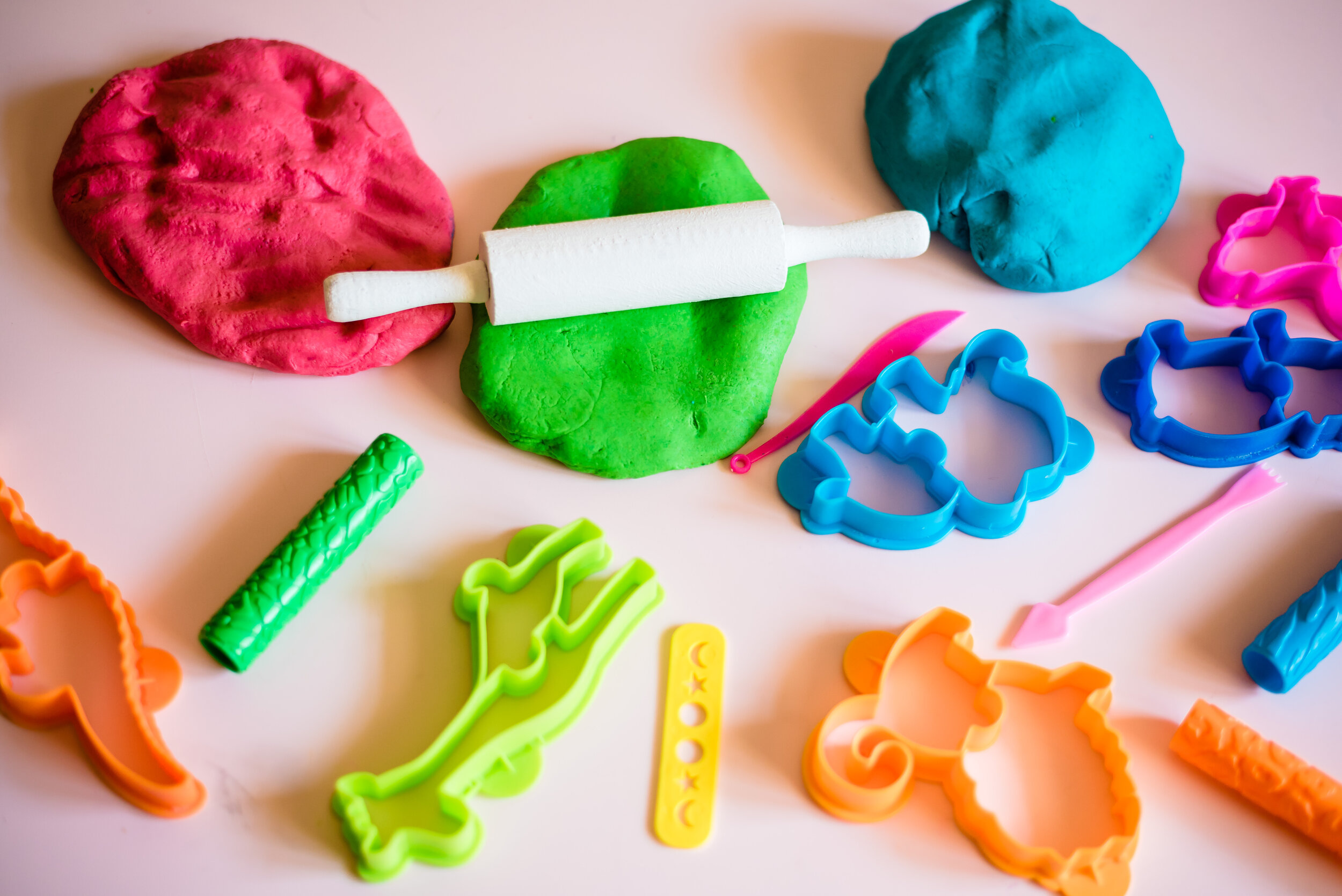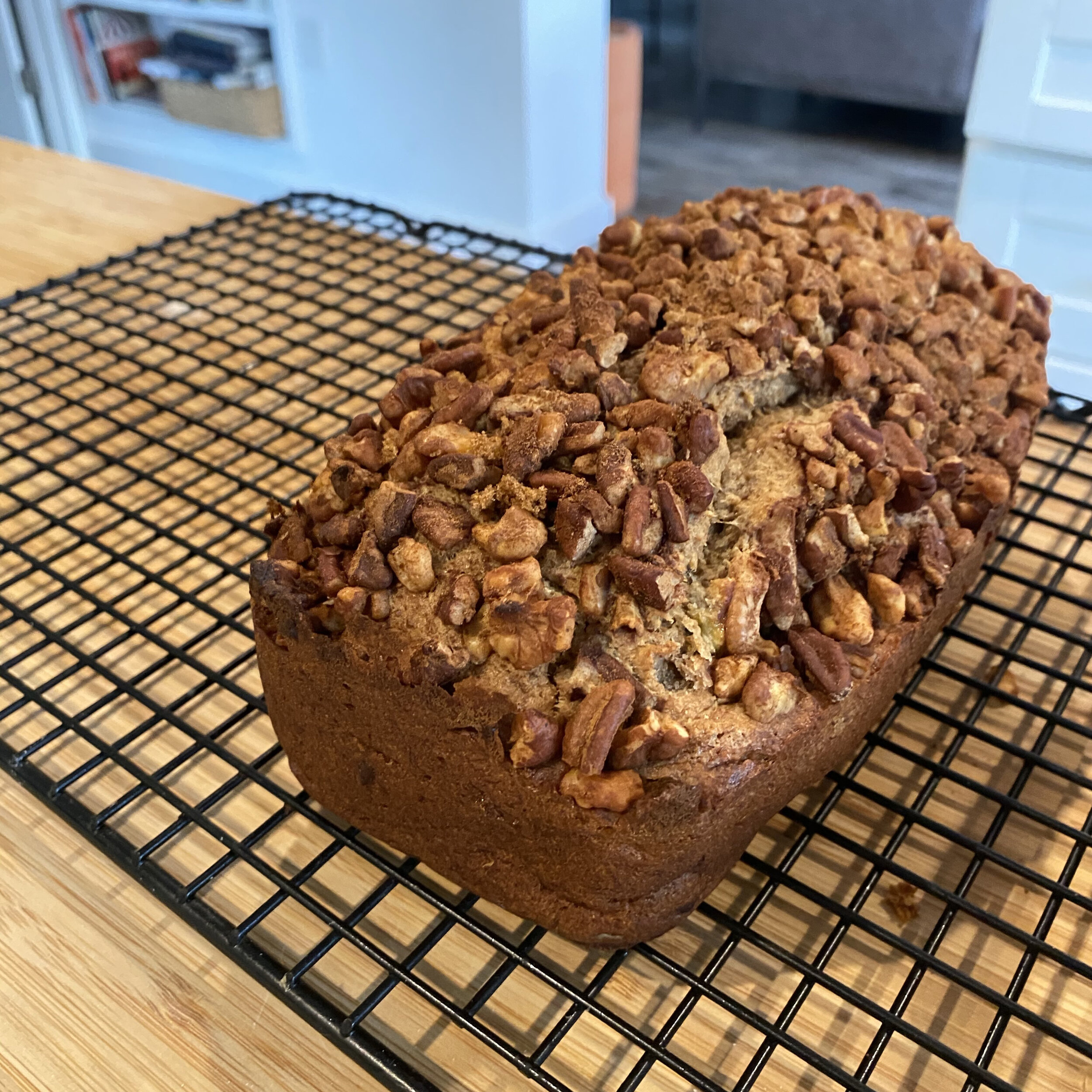Whether you’re a native spanish speaker or trying to learn a new language with your family, it can be hard to practice your newfound vocabulary at home. Some children are lucky to have parents or grandparents who speak Spanish to them daily, or maybe they attend a dual immersion school where they can practice with their teachers and classmates. But what happens after hours, when the children are watching TV in English and parents also feel more natural (and honestly, sometimes easier 🤷🏽♀️) conversing in English?
We recently interviewed Lizet Alvarez, founder of Chiqui Social, an interactive language school and event space in Culver City, California, about the best ways to practice spanish at home with your chiquitos.
Add it to your daily routine. Choose a time of day to practice your new language. Whether you’re having Spanish-only mornings like Bricia’s family, making the car ride to school bilingual, or dedicating story time to bilingual or Spanish-only books, making it part of your routine helps children practice on a regular basis.
Watch their favorite shows and movies in Spanish. If you allow screen time in your home, switch the language settings to Spanish. Watch it in real time with your kids and use this time to converse with them about the show in Spanish only.
Pretend you forgot the word in Spanish. Sometimes you speak to the kids in Spanish but they respond in English. Get them to respond correctly by pretending you forgot the next word and asking them for help. For example, maybe dinner time is for Spanish speaking only. “Me pasas una … napkin?” Your little ones can guess what word you’re searching for, but in Spanish only.
Build their vocabulary with subscription based services. Lizet loves Rockalingua, a music based Spanish learning program for children and beginners. It uses repetition to help students develop the four basic skills of communication - reading, writing, listening and speaking. She also recommends The Cultured Kid, an online language program with videos, worksheets, flashcards and more that the whole family will enjoy. It also offers other languages besides Spanish, including French, Mandarin, and English.
Choose a word of the day. While you go through your morning routine before work and school, choose a Spanish word that everyone must use that day. When everyone returns home, they have to share how they used the word. Sometimes the kids don’t have a chance to use the word during their day, so you can get them to practice it with you in that moment.
BONUS TIP: Lizet has a hack for getting them to practice their Spanish no matter what. When you ask them what happened at school today but they don’t want to share (“Nothing,” is a favorite answer 😒), she says to ask your child who cried at school today. It works almost every time and gets the conversation started!
Remember, it’s easy for children to be easily frustrated when learning something for the first time, but patience and not shaming them when they make mistakes goes a long way. Lizet reminds us, “If you can make the connection and you enjoy the process, that’s what makes you a good teacher [for your kids].”
How do you practice Spanish with your kids? Tell us in the comments below!
















